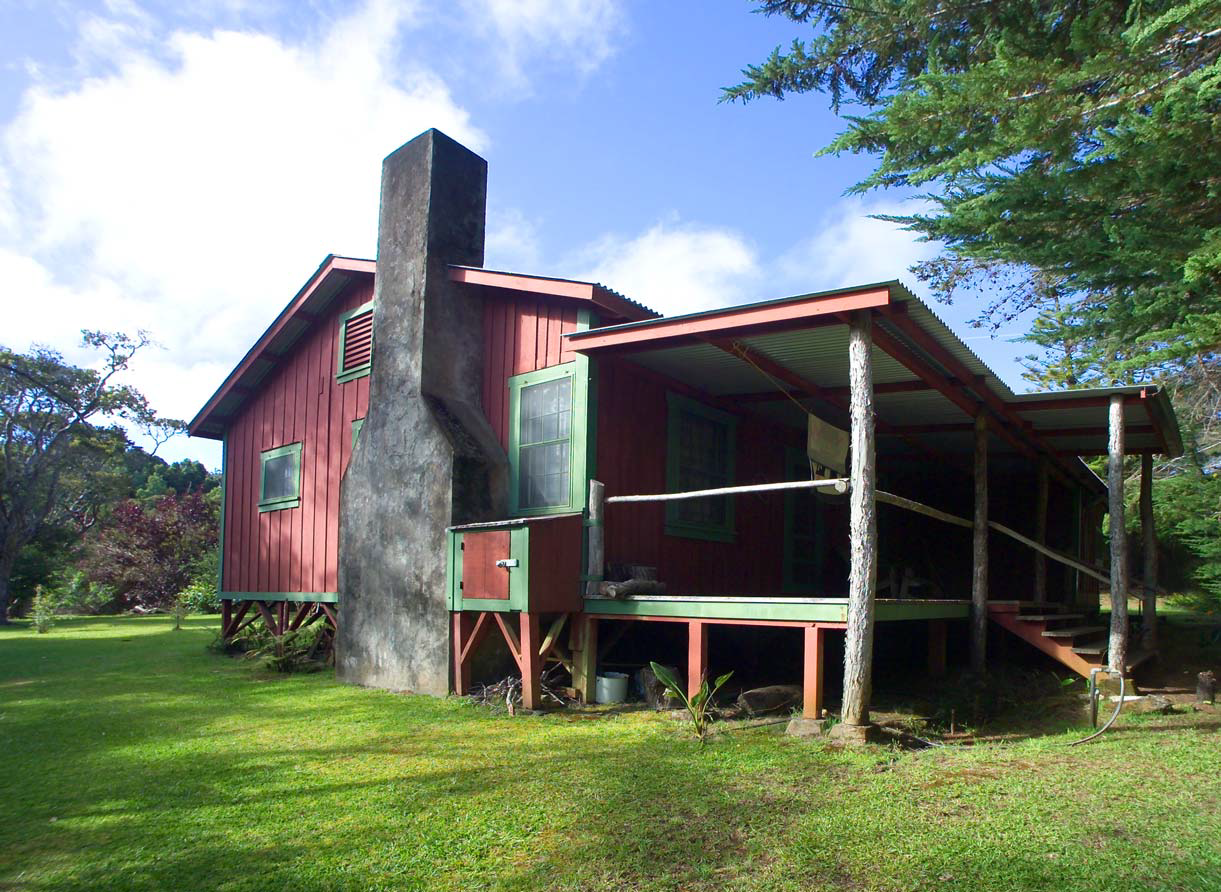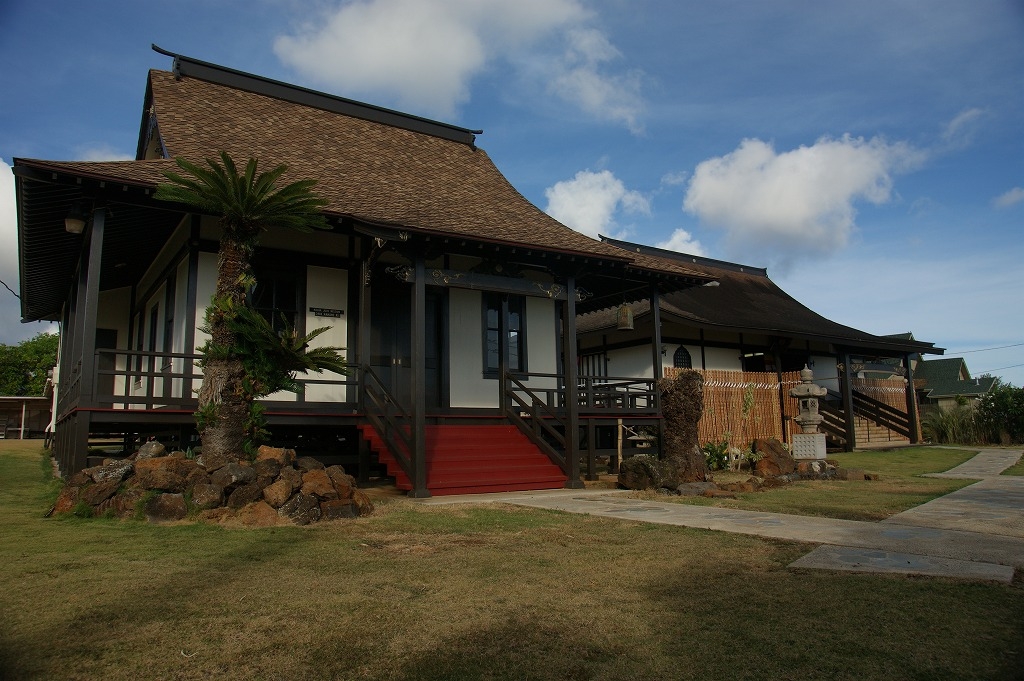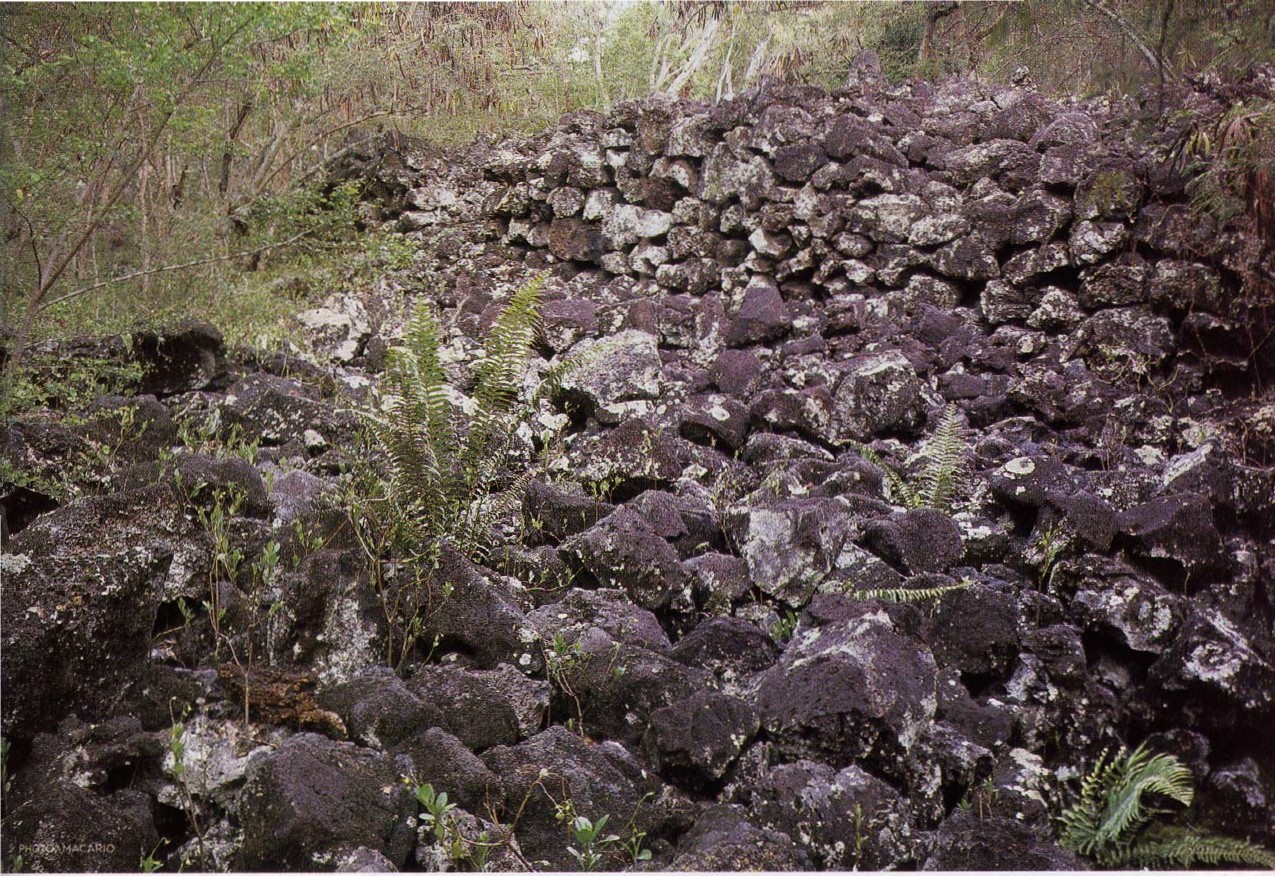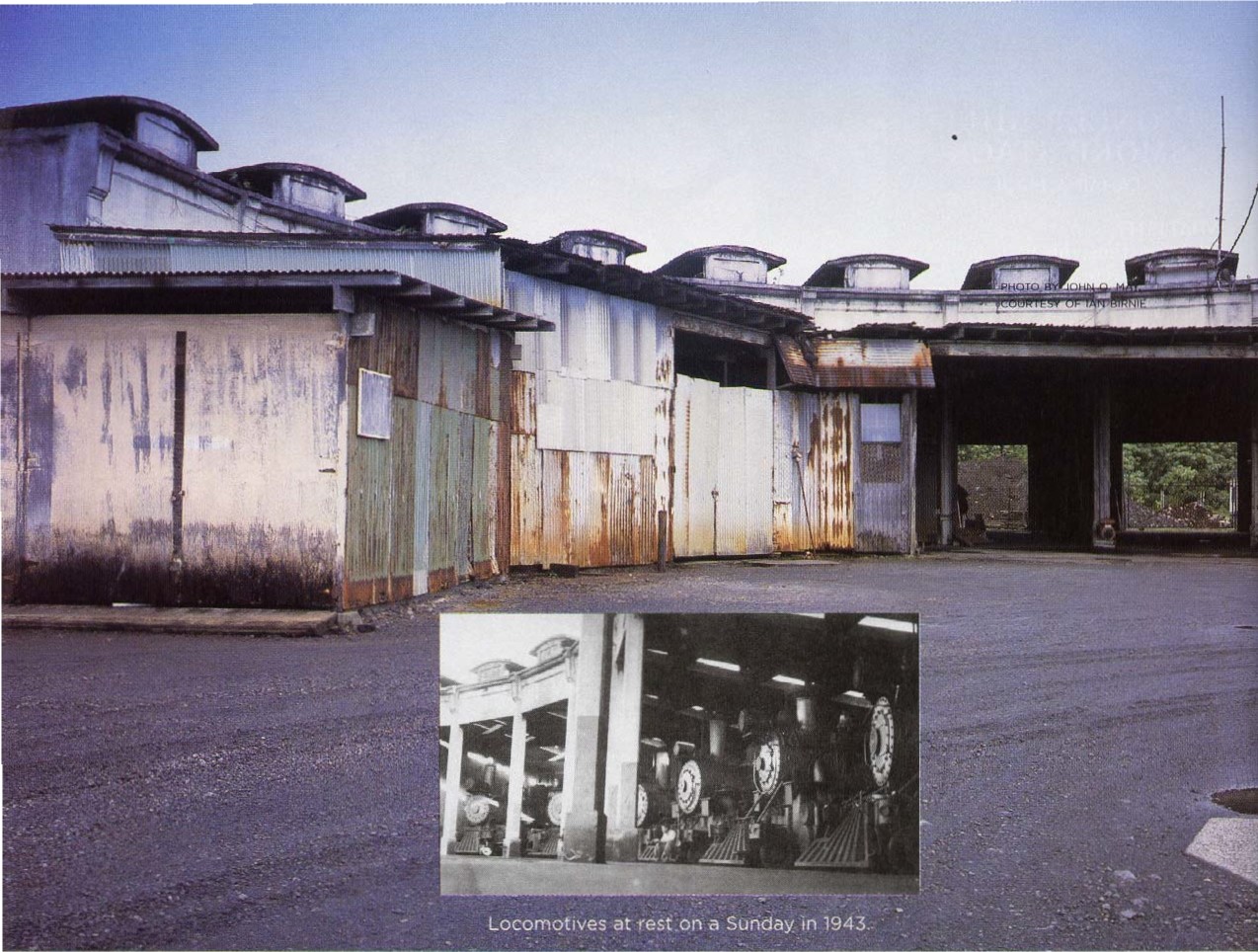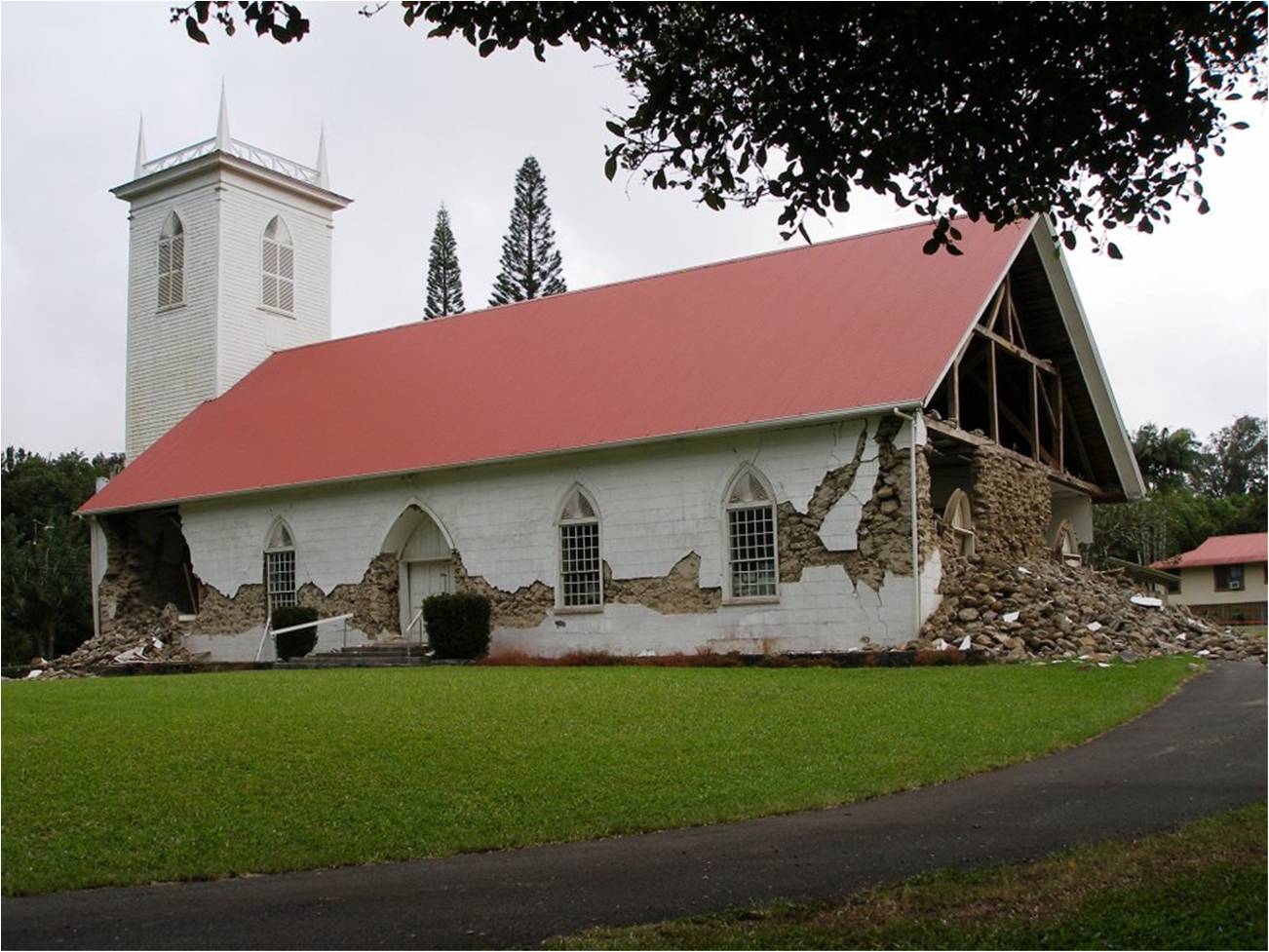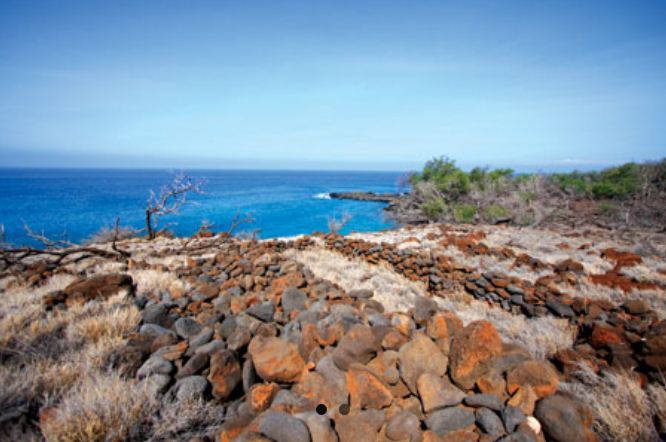Kokee Park (2006) SAVED
Photos: Courtesy of David Cornwell UPDATE: 2012 Hui o Laka renovated the historic and formerly abandoned Civilian Conservation Corps Complex (CCC Complex), both buildings and grounds, into a fully functioning volunteer service facility, in keeping with the original use in 1938. Constructed in 1935, as part of President Roosevelt’s national program “to provide work and job training for young men in conserving and developing the nation’s natural resources,” the CCC Complex site accommodated many groups and programs over the years. This renovation is critical to protect and preserve a complex of buildings that once served a national purpose, and stands as a landmark for the commitment of generations of people who have volunteered and dedicated themselves to community service in order to nurture Kōke‘e's native forest, and to educate visitor and kama‘āina alike. Hui o Laka received a Preservation Honor Award at Historic Hawai‘i Foundation’s 2012 Preservation Honor Awards Ceremony for the restoration of the Civilian Conservation Corps Camp Complex. UPDATE: SAVED IN 2011 According to Holly McEldowney of State Parks, auctions for leases on the last sixteen residences have been completed. Approval has been given for Mason Architects, Inc. to finish historic preservation design standards for the site. LISTED AS ENDANGERED IN 2006 Article Written By: Michael Keany, HONOLULU Magazine What is it? Ahh, Koke‘e, an idyllic 4,345 acres of mountainous Kaua‘i state park. It’s also home to 114 secluded recreational cabins—92 of them more than 50 years old—which have been caught in the middle of a preservation battle. The 20-year leases on the rustic cabins are set to expire at the end of this year, and the state plans to put them up for open auction, sparking heated protests from the current lessees, who [...]


